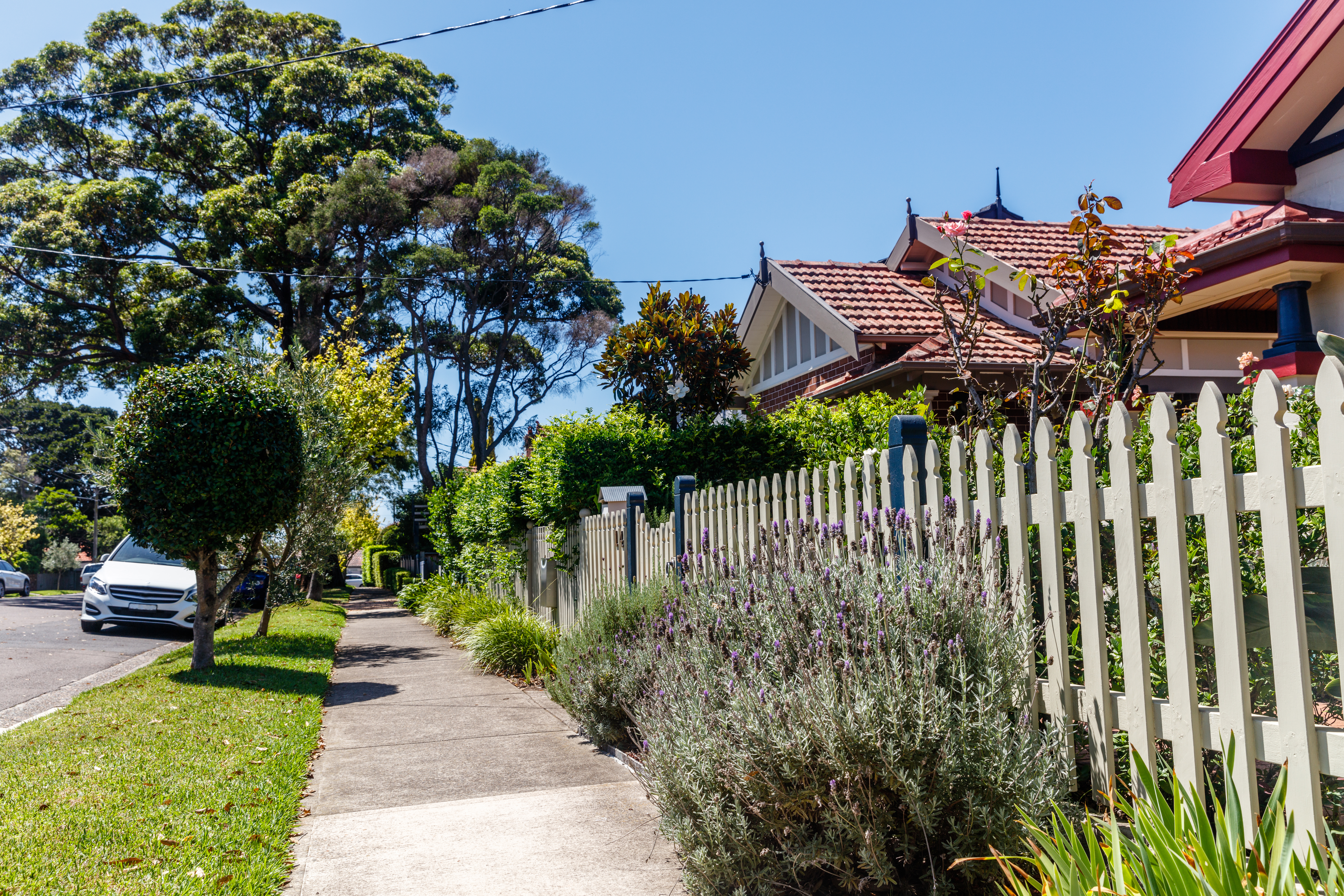Conway v Leeroy Property Investments Pty Ltd [2025] NSWSC 580
Case Overview
When you fight for your right to light – and lose… Conway v Leeroy Property Investments Pty Ltd [2025] NSWSC 580
The lack of any implied legal protection for solar access to residential properties in NSW has once again had a light shone upon it (pun very much intended) in the recent decision of Pike J in Conway v Leeroy Property Investments Pty Ltd [2025] NSWSC 580.
Background
This matter concerns three lots in Casuarina on NSW’s Tweed Coast.
Prior to 2020, the three subject lots, being 11 Beason Court (No. 11), 4 Harper Court (No. 4) and 5-6 Harper Court (the Applicant’s Land) were previously a single land holding. The Applicant’s Land contained a large dwelling with an aluminium and glass floor to ceiling curved curtain wall to its north eastern elevation. This curtain wall measures approximately 20 metres in length and seven metres in height and was designed to capture the natural light and natural ventilation from the north-east. No. 4 contained a garage and pool, with No. 11 being essentially vacant land.
In March 2020, the Respondent agreed to purchase No. 11 and No. 4. The Applicant undertook a number of inspections of the Applicant’s Land in the early half of 2020, and had flagged with the agent her concern around the potential for development of No. 11 and No. 4 and whether such a development would impact the solar access for the Applicant’s Land. This culminated in a meeting on 12 June 2020 between the Applicant, the agent, the vendor and the Respondent (the contents of which was disputed).
The Applicant signed the contract for the Applicant’s Land on 18 June 2020. She requested a special condition requiring the vendor to notify her if a development application was lodged in respect of No. 4, and would permit her to lodge any objection to such a development application.
In December 2020, the Respondent lodged a DA for the construction of a dwelling on No. 4. The proposed development would have result partial loss of solar access to the Applicant’s Land. The Applicant objected to the proposed development, and amendments were made by the respondent to improve solar access to the Applicant’s Land by relocating the proposed dwelling away from the southern boundary by an additional 600mm so that the setback of the dwelling was 2100mm to the ground floor, and 2700mm to the first floor, of the dwelling on the Applicant’s Land.
Despite this, overshadowing to the Applicant’s Land was non-compliant with the provisions of C4 Solar Access in Council’s Development Control Plan (DCP). Nevertheless, taking into account site constraints, the setbacks and building height, and the orientation of the allotment, the numerical non-compliance with the provisions in the DCP was considered to be an acceptable outcome in the circumstances and the Council approved the DA.
The Applicant thereafter commenced proceedings, seeking (amongst other things) a declaration that No. 11 and No. 4 were burdened by an implied easement in favour of the Applicant’s Land to provide adequate solar access to the principal private open space, and an order imposing an easement over No. 4 benefitting the Applicant’s Land pursuant to s 88K of the Conveyancing Act 1919 (NSW) (Conveyancing Act).
The Position of the Parties
The Applicant claimed that both the agent and the Respondent had reassured the Applicant that the Respondent did not intend to construct a dwelling on No. 4/50 that would impact the Applicant’s solar access. She stated that this was non-negotiable; if she had known that the Respondent would construct a dwelling that would impact her solar access, she would not have proceeded with the purchase of the Applicant’s Land. She stated that she had made this very clear to the agent, vendor and Respondent during the discussion on 12 June 2020.
The Respondent disputed the Applicant’s version of events. Whilst he accepted that the solar access was an important aspect of what made the Applicant’s Land an impressive property, he did not agree that anything specific had been discussed with the Applicant. He maintained that he had indicated that he proposed to construct a two-story dwelling near the front of No. 4 but otherwise had not yet engaged an architect.
Determination
In support of her claim that there was an implied easement, the Applicant’s position was that the conveyance of No. 4 and the Applicant’s Land were contemporaneous (as per Aldridge v Wright), and as part of the contemporaneous conveyance, the Respondent had provided an undertaking that it acknowledged and undertook to preserve the reasonable air and sunlight flow to the Applicant, and as such, effectively undertook to acknowledge and preserve and recognise the Wheeldon v Burrows easement.
Alternatively, if it was found that there was not a contemporaneous conveyance in accordance with Aldridge v Wright, a Wheeldon v Burrows easement arose from the provision of the Respondent’s alleged undertaking to preserve the reasonable air and sunlight flow to the Applicant. Such an undertaking was provided in circumstances where the Applicant would rely on the undertaking, and that it would be unconscionable on the part of the Respondent to forsake that undertaking.
Crucial to this determination was what occurred during the 12 June 2020 meeting, with the Court accepting the Respondent’s claim that during this meeting, the Applicant raised her concerns about what might be built next door, and the Respondent advised her that they intended to build a two-story house towards the front of the blocks, but that they had not yet engaged an architect.
The Court found that this discussion did not rise to the level of an undertaking as alleged by the Applicant, and thus did not accept that an implied easement arose.
In respect to the claim for an easement under s 88K of the Conveyancing Act, the Applicant submitted that the easement was reasonably necessary on the basis that the house on the Applicant’s Land had been signed and constructed in such a way as to accommodate the favourable solar access. The curtain wall, in particular, was a central focus of the design and provided light, heating and cooling to the dwelling. The easement was thus necessary to maintain those features.
The Court was not convinced, stating that whilst maintenance of solar access and ventilation would be preferable or desirable, for something to be ‘reasonably necessary’ it had to be more than substantial preference or something ‘nice to have’. As the dwelling on the Applicant’s Land could still be used as a residential dwelling, and that other areas of the lot that did not border No. 4 had areas of open space that were not affected.
As such, the Court found that such an easement was not reasonably necessary and thus the precondition at s 88K(1) of the Conveyancing Act was not satisfied. This claim was therefore unsuccessful.
What could the Applicant have done instead?
A rather extreme option that was available to the Applicant was to purchase No. 4 (and possibly No. 11 as well) and effect the stratum subdivision of that parcel of land such that the upper extremity of No. 4 would have been ‘capped’ at a certain height that would have preserved the solar access to the Applicant’s land (say 6m), and that the airspace above that 6m stratum subdivision would be a separate lot that could remain in the Applicant’s ownership (Airspace Parcel). The lower stratum parcel could then have been sold to a prospective purchaser who would only have been able to lodge a DA for a single storey dwelling (albeit with sufficient space for high ceiling heights).
If the Applicant had take this step, it would have been appropriate for her to have created an easement for access over the lowest ~2m of the Airspace Parcel so that the future owner of No. 4 could access the roof for maintenance purposes, thus avoiding the rather awkward complications arising from the inability of the future owner of No. 4 to gain access to their own roof for repairs etc and to erect antennas, satellite dishes etc (with this specific set of circumstances being something that our firm assisted clients with some years ago – see The Owners – Strata Plan 85044 v Murrell; Murrell v The Owners – Strata Plan 85044 [2020] NSWSC 20)
As it stands, the Applicant must now accept that her solar access will be significantly curtailed as a result of the grant of development consent and the subsequent erection of the approved dwelling house on No. 4, and will likely have to implement additional heating/cooling/lighting measures at various points of the year to offset this adverse impact.

Customer Testimonials
Don’t just take our word for it, read what our customers have to say.

